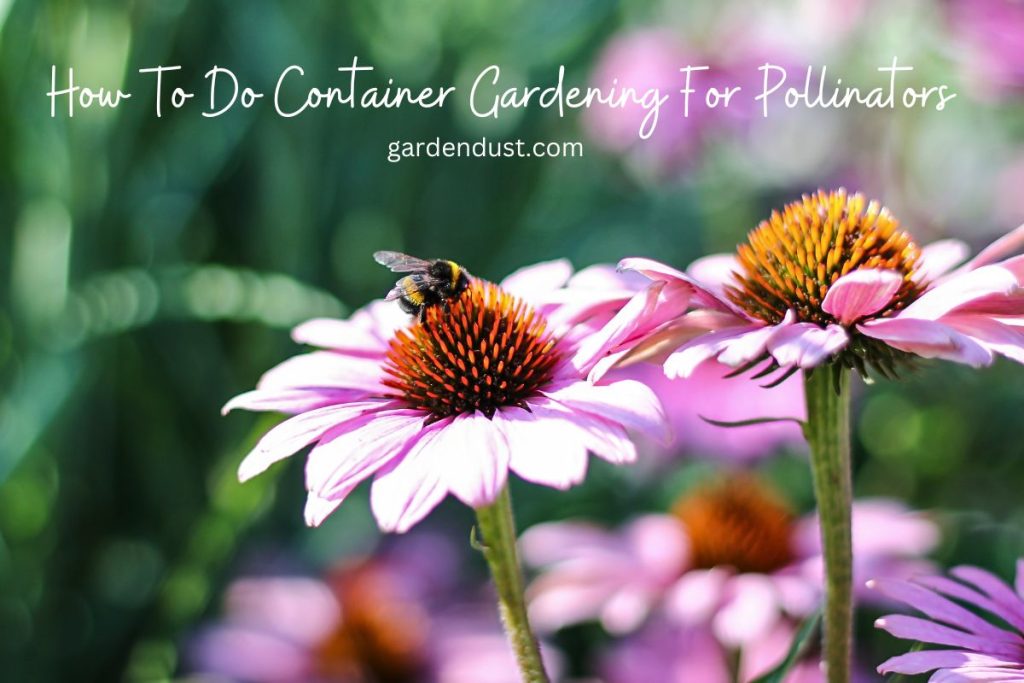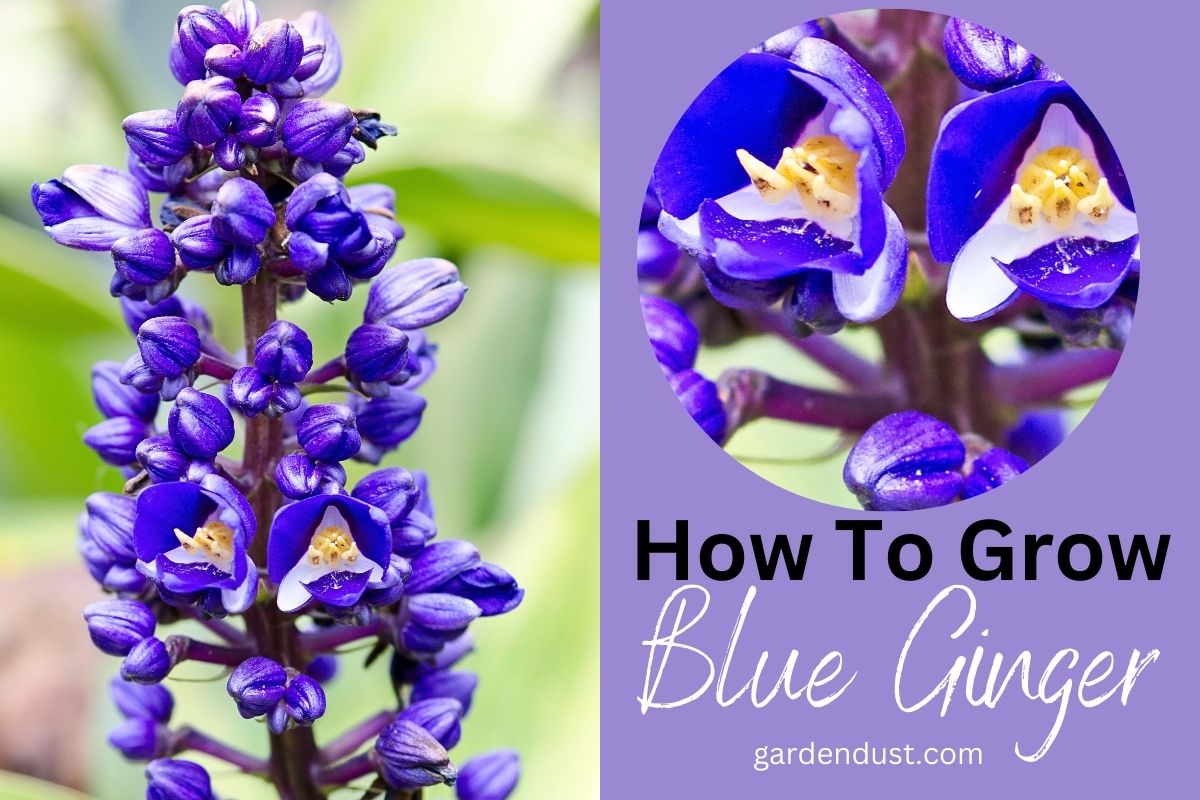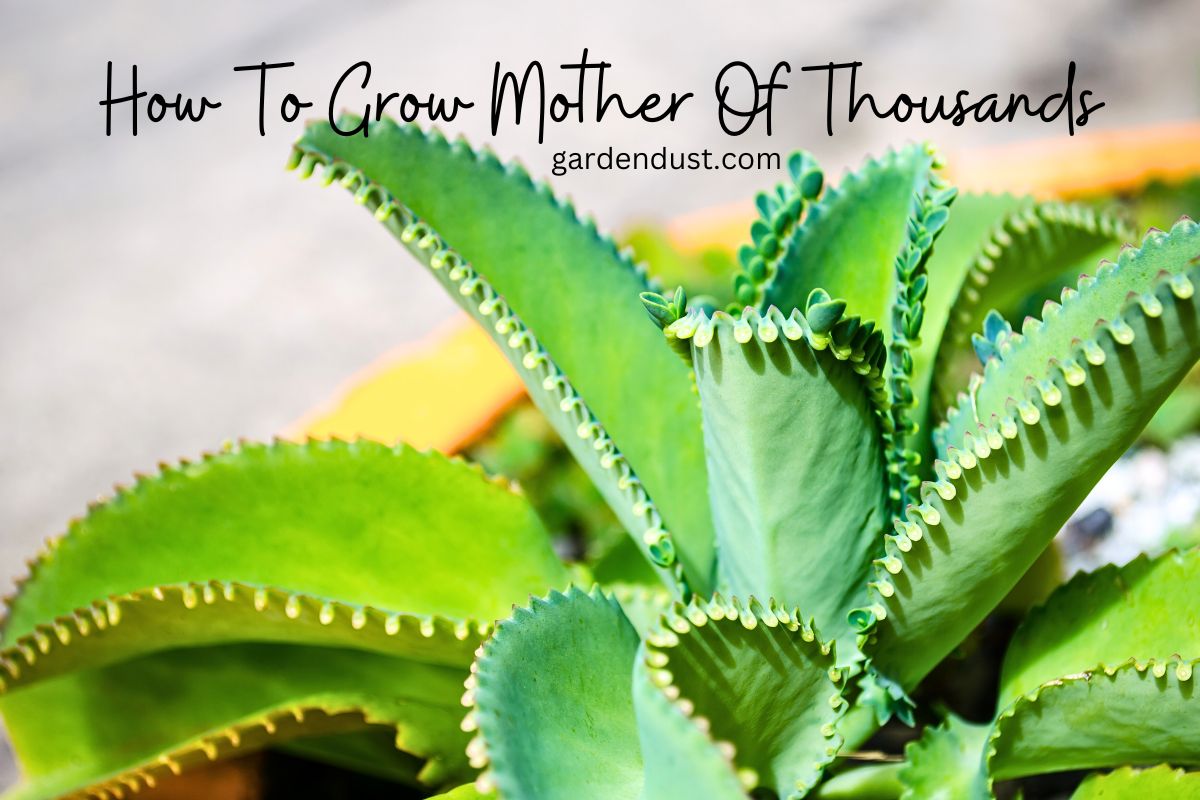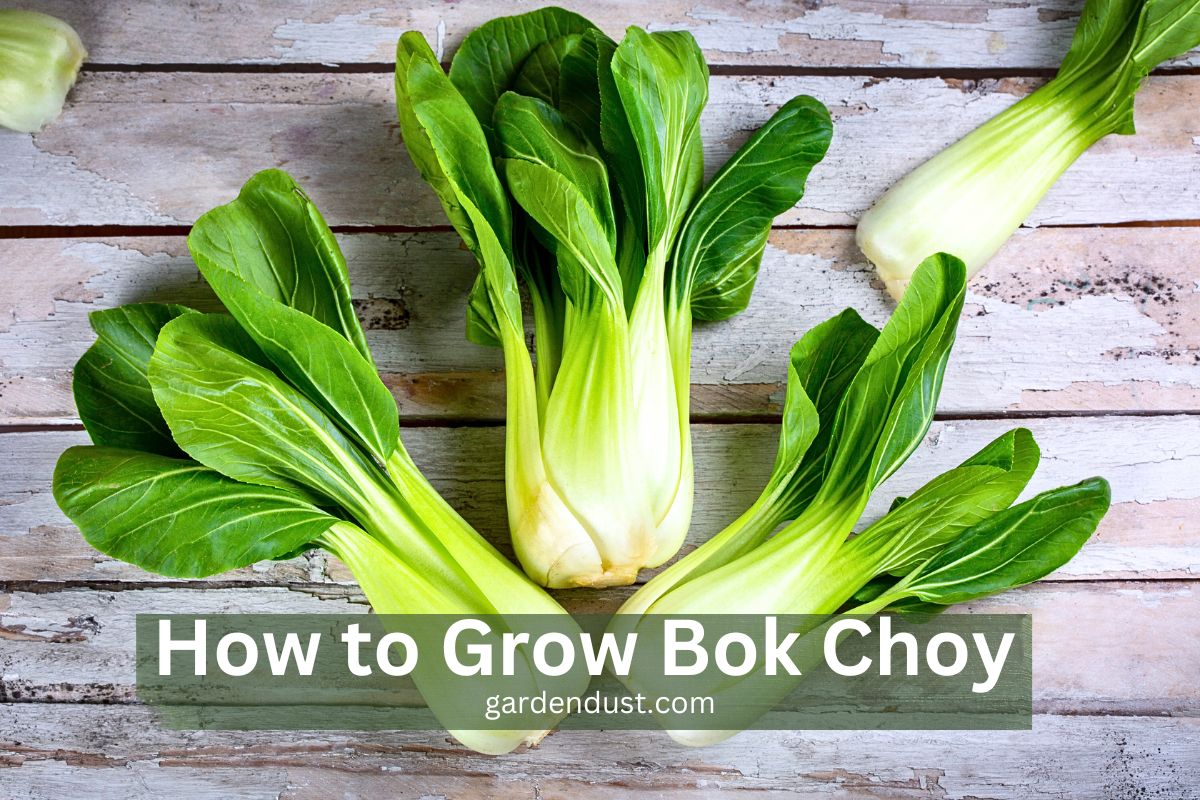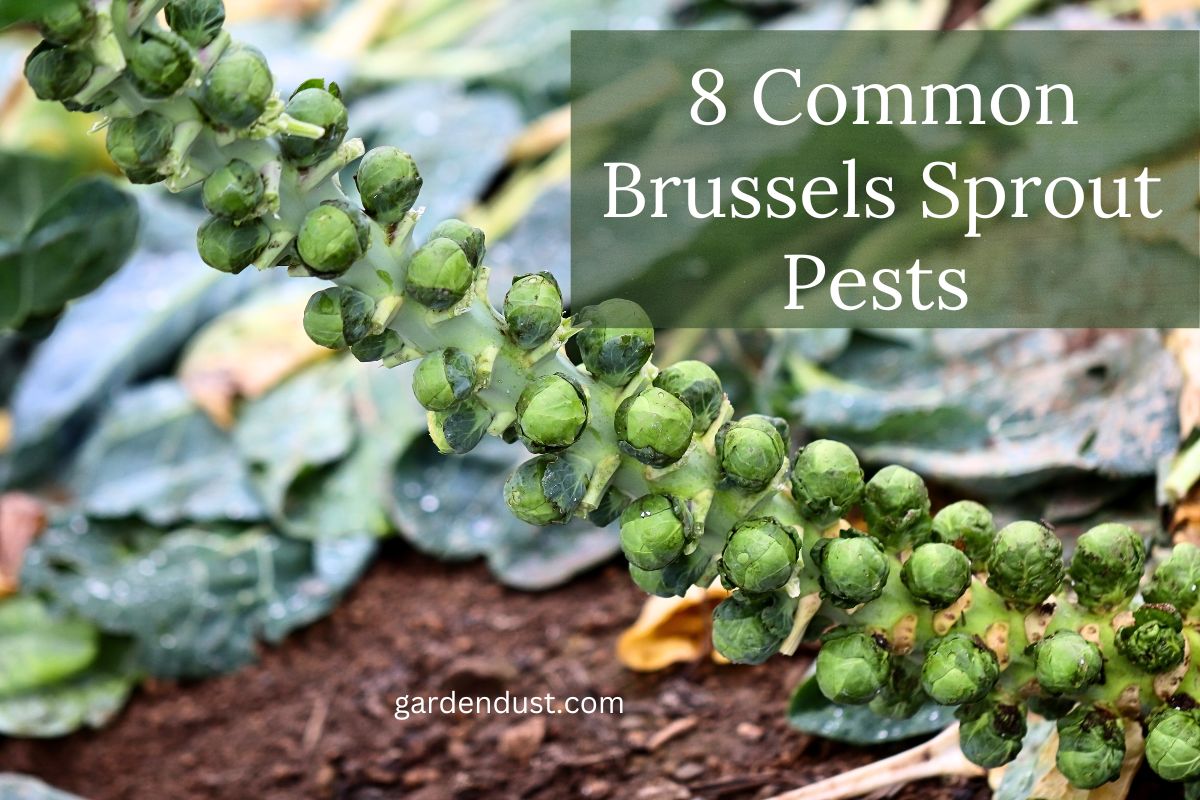Creating a container garden that attracts and supports pollinators involves thoughtful planning and care. As urban spaces become more prevalent, container gardening emerges as an accessible and versatile solution for fostering biodiversity, even in limited areas. This step-by-step guide provides insights into setting up a container garden designed to benefit essential pollinators like bees, butterflies, and hummingbirds. By cultivating a pollinator-friendly oasis, you not only contribute to ecological conservation but also transform your space into a vibrant and thriving haven for these vital species. Let’s explore how to do Container Gardening for Pollinators to establish a flourishing container garden that not only enhances your surroundings but also plays a crucial role in supporting the broader ecosystem. Let’s start…
Step 1: Selecting Containers
Choose containers with good drainage to prevent waterlogging. Containers can be made of various materials, such as terracotta, plastic, or wood. Ensure they are appropriately sized for the chosen plants and consider the space available for your container garden.
Step 2: Choosing the Right Soil
Use a well-draining potting mix to provide the optimal conditions for plant growth. Many pollinator-friendly plants prefer soil that is not overly compacted. You can also add organic matter, like compost, to improve soil structure and fertility.
Step 3: Selecting Pollinator-Friendly Plants
Choose a variety of plants that provide nectar and pollen throughout the growing season. Opt for native plants whenever possible, as they are well-adapted to the local environment. Consider factors such as color, fragrance, and flower shape, as different pollinators are attracted to different features.
READ ALSO:-20 Best Plants to Attract Butterflies
Step 4: Planting
Plant your selected flowers in the containers, ensuring proper spacing according to the mature size of each plant. Be mindful of the plant’s sunlight and water requirements, and group plants with similar needs together. Plant taller varieties towards the back and shorter ones towards the front for an aesthetically pleasing arrangement.
Step 5: Watering
Keep the soil consistently moist, but not waterlogged. Containers can dry out quickly, especially in warmer weather, so regular watering is crucial. Consider using a drip irrigation system or self-watering containers to maintain optimal moisture levels.
Step 6: Providing a Water Source
Place shallow dishes with water in your container garden to provide a water source for pollinators. Rocks or pebbles can be added to allow them to safely land and drink. Bees, in particular, appreciate a shallow water source.
Step 7: Avoiding Pesticides
To maintain a healthy environment for pollinators, avoid using chemical pesticides. Instead, opt for natural alternatives like neem oil or insecticidal soaps if pest problems arise. Beneficial insects, such as ladybugs and predatory beetles, can also help control pests without harming pollinators.
Step 8: Creating Habitat Features
Add features like small rocks, pieces of wood, or even bee houses to create hiding spots for pollinators. Providing shelter is essential for their well-being and can encourage them to stay in your garden.
Step 9: Observing and Monitoring
Regularly observe your container garden to monitor the activity of pollinators. Note which plants are most popular and if any adjustments are needed. This can help you refine your container garden over time.
Step 10: Maintenance and Pruning
Regularly deadhead spent flowers to encourage continuous blooming and prevent the development of seeds. Prune plants as needed to maintain their shape and size. Remove any diseased or damaged foliage promptly.
By following these steps, you can create a container garden that not only enhances the beauty of your outdoor space but also provides a welcoming habitat for bees, butterflies, and other pollinators. Container gardening for pollinators is a rewarding endeavor that contributes to the conservation of these vital species while adding vibrancy to your surroundings. Happy Gardening…

